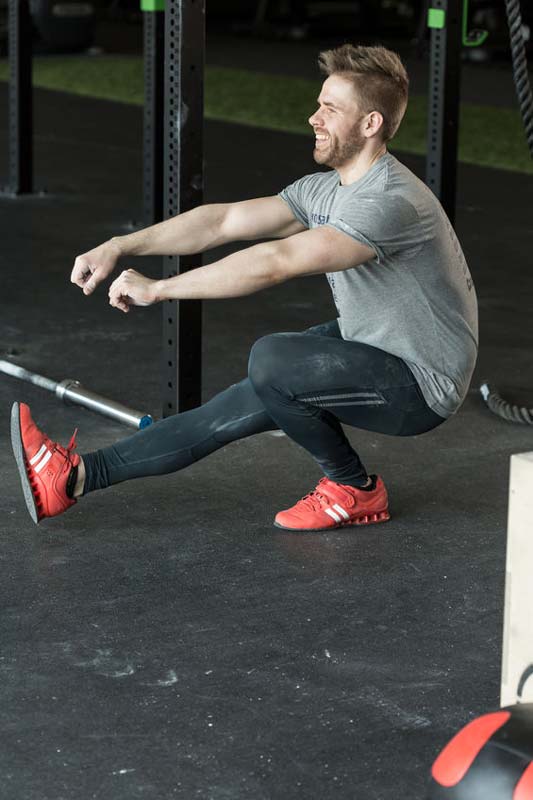Glute Strength for Hip Health
It seems the “booty” is getting a bit of a revival recently in health and fitness media, with the squat regaining much of its popularity, and rightly so. It’s a fantastic exercise that meshes strength, coordination and stability in almost every region of the body. Butt (pun intended) the squat doesn’t take into account locomotion, where both hips work in an alternating fashion to drive the body forwards.
So instead of repackaging the squat with our distinctive MOH flavour, we thought we’d keep things interesting by add some other moves to your glute strengthening regime.
Squat Progression 1 – Bulgarian lunges
First up is the Bulgarian lunge. If you think of the standard lunge as an exaggeration of your normal stride then the Bulgarian is an exaggeration of the exaggeration… For all intents and purposes the Bulgarian lunge is basically your standard lunge with the exception of your back foot being raised on a platform. Typically your regular gym bench will be fine, but if you’re doing this at home then the seat of a chair will also work. The advantage of this lunge is that it’s relatively simple to perform, targets one glute at a time, and simulates portion of your natural stride.
The progression is easy – you have a choice of dumbbells or kettle bells, or if you’re after a challenge, a weighted bar across the top of your back also works. Just be careful with the bar if you’re not using a squat rack.

Squat Progression 2 – Single Leg Squat
Now for some real fun, here is the single leg squat. This is a much less common exercise but for those of you who want something more, this is for you.
The obvious strength component aside, the real challenge here is maintaining posture and control, and ultimately balance during descent and ascent. Ideally you should be able to do this without equipment as shown in the picture to the right. But there’s also a few ways you can make this easier when you first start.
A light dumbbell in each hand can act as a counterweight to your trunk, which allows for better balance during the move. Another trick is to use a box as we’ve done in the video, this allows your straight leg to dip below horizontal and not hit the ground as you descend, effectively allowing you to concentrate more on your weight bearing leg for better control.
Want to know more?
You can learn more about the MOH approach to hip pain and improving hip function by checking out blogs in the MOH Hip series;
- Functional Osteopathic assessment of the hip
- Osteopathic treatment for hip pain
- Functional exercises for hip pain
- Pilates for Hip strength & stability
- Myotherapy for hip pain
For more information, ideas and exercises check out our Health Tips blog.
